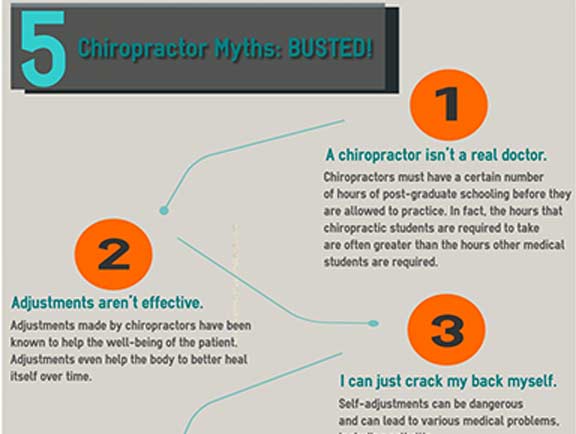The Effect Of Pose On Back Pain: Standards For Keeping Great Positioning Throughout Your Everyday Routine
The Effect Of Pose On Back Pain: Standards For Keeping Great Positioning Throughout Your Everyday Routine
Blog Article
Created By-Williford Preston
Preserving correct stance isn't just about sitting up straight; it has to do with aligning your body in a way that sustains your spinal column and minimizes the danger of neck and back pain. The method you rest, stand, and move throughout the day can significantly affect your spinal wellness. However exactly how specifically can you make certain excellent positioning constantly, even throughout busy days loaded with various activities? Let's dive deeper right into the subtle yet impactful adjustments you can make to your everyday regimen to maintain your back delighted and healthy and balanced.
Relevance of Appropriate Stance
Proper position is vital in preserving a healthy back and preventing pain. When lower back pain lincoln square sit or stand with good posture, your spine is in positioning, lowering stress on your muscular tissues, ligaments, and joints. This positioning enables the body to disperse weight evenly, stopping too much stress and anxiety on certain locations that can cause discomfort and pain. By maintaining your spine appropriately straightened, you can also boost your breathing and digestion, as slouching can press body organs and restrict their functionality.
In addition, keeping great posture can enhance your total look and self-confidence. When you stand tall with your shoulders back and head held high, you exhibit confidence and appear more approachable. Great posture can additionally make you really feel a lot more invigorated and alert, as it promotes proper blood flow and enables your muscles to work successfully.
Incorporating proper posture right into your day-to-day routine, whether sitting at a workdesk, walking, or working out, is vital for preventing back pain and advertising total health. Remember, a small change in exactly how you hold on your own can make a considerable distinction in exactly how you really feel and function throughout the day.
Common Postural Mistakes
When it concerns preserving good pose, several people unconsciously make typical blunders that can add to pain in the back and discomfort. One of one of the most common mistakes is slouching or stooping over while sitting or standing. This placement places too much strain on the spine and can lead to muscular tissue discrepancies and discomfort in the future.
One more usual blunder is overarching the reduced back, which can squash the all-natural contour of the spine and create pain. Additionally, crossing legs while sitting may really feel comfortable, however it can produce an inequality in the hips and pelvis, causing postural concerns.
Making use of a pillow that's too soft or too strong while sleeping can also affect your positioning and add to back pain. Finally, constantly craning your neck to look at displays or adjusting your position frequently can stress the neck and shoulders. Bearing in mind these usual postural blunders can aid you maintain much better placement and lower the danger of pain in the back.
Tips for Correcting Alignment
To enhance your placement and minimize neck and back pain, it's necessary to focus on making small modifications throughout your day-to-day routine. Beginning by bearing in mind your position. When sitting, guarantee your feet are level on the floor, your back is straight, and your shoulders are unwinded. Avoid slouching or leaning to one side. Use https://www.chiroeco.com/f4cp-article-on-including-chiropractic-in-primary-care-featured-in-the-self-insurer/ or paddings to support your lower back.
When standing, disperse your weight evenly on both feet, keep your knees slightly curved, and tuck in your hips. Involve your core muscles to support your back. Take breaks to stretch and walk around if you have a sedentary work. Include exercises that enhance your core and back muscles, such as slabs or bridges.
While sleeping, make use of a cushion that sustains the all-natural curve of your neck to maintain correct back placement. Avoid sleeping on your stomach, as it can stress your neck and back. By bearing in mind these tips and making small adjustments, you can gradually remedy your placement and reduce back pain.
Final thought
Bear in mind, preserving excellent pose is key to preventing pain in the back and promoting spine wellness. By being mindful of your positioning, dispersing weight uniformly, and engaging your core muscle mass, you can reduce pressure on your back and minimize the threat of pain and injury. Integrate ergonomic support, take routine breaks to extend, and strengthen your core and back muscles to preserve appropriate positioning throughout the day. Your back will thank you for it!
